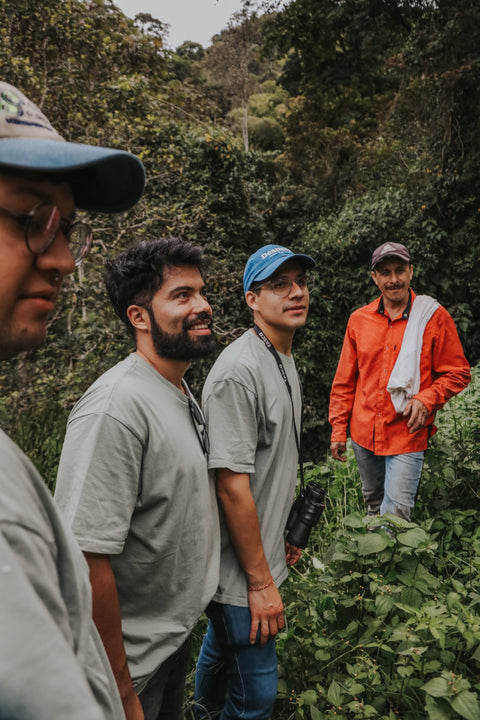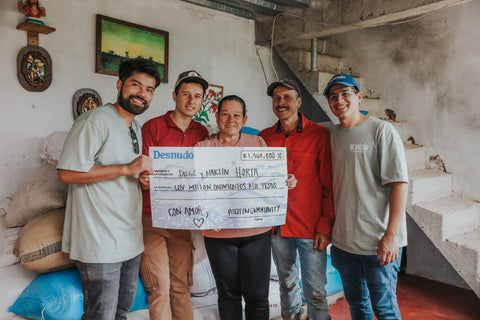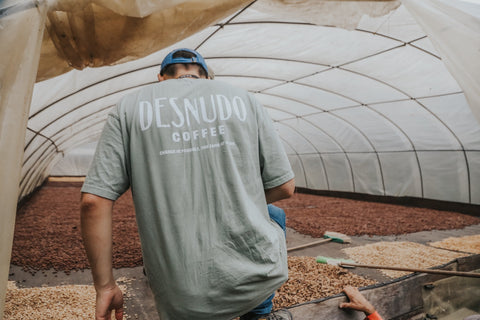



Colombia Black Honey - Lot # 63 | Wild | Mandarin, Red Wine, Cacao

the Colombia variety
The Colombia variety was developed by the National Federation of Coffee Growers in Colombia in 1982.They aimed to develop a variety resistant to diseases like rust while maintaining excellent cup quality and high productivity.
They combined the Caturra variety, which contributes good cup potential, with the Timor Hybrid, known for its rust resistance.The Colombia variety gradually replaced the Caturra variety.
the producer
Martín Horta is 57 years old. Like his father and grandfather before him, he carries on the family’s coffee-growing tradition—his ancestors were among the first settlers of the town. A few years ago, Martín decided to radically change the way they cultivated and processed coffee. Together with his son Diego, he shifted the focus toward producing high-value coffees. They began planting exotic varieties and experimenting with fermentation and drying methods that, over time, have gained recognition once again for their exceptional quality.
the process Black Honey.
We hand-select the ripest cherries and float them to remove any underdeveloped ones. After that, we ferment them anaerobically for 3 days. Then we depulp the cherries—removing the outer skin while retaining as much mucilage as possible.The mucilage is rich in sugars and nutrients that fuel microbial activity, leading to a unique and complex fermentation. After depulping, we ferment the coffee aerobically for 4 more days.
Next, we apply a thermal shock during a pre-drying stage, which slows down the fermentation, followed by a stabilization and drying period of 20 days.By the end of the process, the coffee parchment remains coated with the sticky mucilage, giving it a dark hue—hence the name Black Honey.
Smooth

